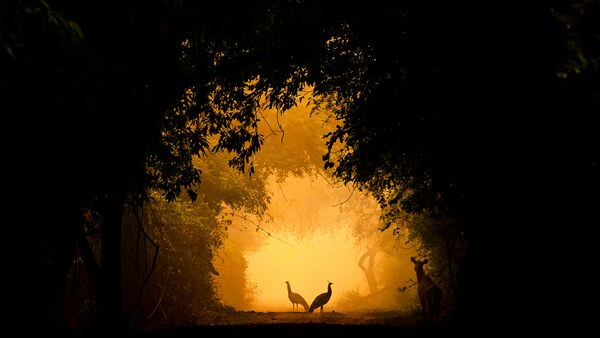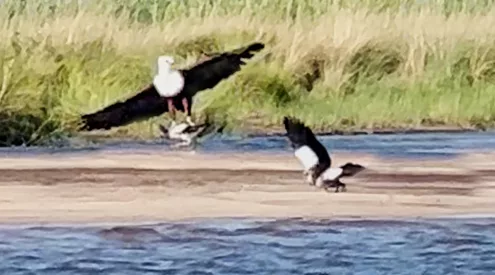On the island of Crete, the biggest of the Greek islands, it is much more difficult being a turtle than being a human. Humans have it easy, they spend their days lounging on the beach, happily sipping exotic cocktails and cooling off under the thousands of brightly coloured umbrellas dotted along the endless stretches of white sand. Loggerhead sea turtles, on the other hand, rely much more heavily on these beaches between May and October every year, because this is the time when the females crawl onto the beach at night to lay their eggs. These nests then need to incubate for about a month before the adorable baby turtles hatch and scramble to the sea.
Harmony between human and turtle might seem simple enough, with humans using the beaches at day and turtles sweeping in at night. But unfortunately, it’s not that simple. The town of Rethymnon, on the Northern coast of Crete, is the tourism hotspot of the island and a perfect example of how tourism is making life hard for turtles all around Greece, but also how it is possible to give the turtles what they need.
Like all the islands, one of the main attractions of a holiday in Rethymnon is the nightlife. After a long day of swimming, tanning and wondering around Old Town, it’s time to hit the many bars and restaurants lining the beachfront. The music literally fades from one bar into the next and here and there you’ll here the Zorba playing, plates crashing and people cheering. The lights glitter in different colours and create a glow above the three-kilometre stretch of buildings.
But as much fun as this is for the human, it is rather disrupting to the turtles’ nesting activities. Female turtles need absolute quiet and as little distraction as possible to work up the courage to dig their nests and go into the sort of trance like state when they’re laying their eggs. The noise and lights from the nightclubs will easily demotivate her, meaning that she might end up laying her eggs in the ocean just to get rid of them. This, of course, means that none of those 120 eggs will ever hatch.
If she did manage to dodge all the sunbeds that are neatly lined up along along the beach and she buried her eggs and camouflaged the nest, the battle is only half won. In the morning, kids will be digging holes and playing around in the sand, perhaps digging up her nest. Also, the umbrellas that are erected unknowingly cool down the sand too much for proper incubation. Then of course, there’s the moment one month later, when the tiny hatchlings surface for the first time in the middle of the night (as they’ve been doing for thousands of years) and scurry toward the brightest light, which should be the moon and stars reflecting on the water. But the streetlights lining the boardwalk can easily create a much brighter light, leading them to the road instead. Being exposed to the sun on their first day in the wild can be fatal.
What makes this predicament worse yet, is the fact that the Loggerhead turtles are endangered species and also the only turtles that breed in Greece. Losing them will mean losing a magnificent, ancient animal, one on which many myths and legends are based. Luckily though, there are people who are making a difference. ARCHELON, the Sea Turtle Protection Society in Greece, have been monitoring and protecting the nesting beaches all over Greece since 1981.
Every year, volunteers from all around the world come and stay at the camps and spend their time documenting all turtle activity and raising much needed public awareness. They monitor the beaches before the sun rises and the crowds awake, finding turtle tracks from the previous night and marking the nests to prevent tampering. When the nest is ready hatch, they build enclosed passages with beach mats from the nests to the sea so that the hatchlings can find their way.
Being a turtle in Greece certainly isn’t easy, making them lucky to have a society like ARCHELON looking after their needs. ARCHELON has even achieved the right to paint one half all the street lights, the half facing the beach, pitch black so that the beach can remain as dark as possible. So if you’re ever in Greece, lounging on a beach and sipping on that cocktail, look out for the yellow and blue cage like structures that mark the spots where tiny turtle hatchlings are incubating and preparing for the great race to the ocean!
To read more about the international volunteering programme, click here.


















